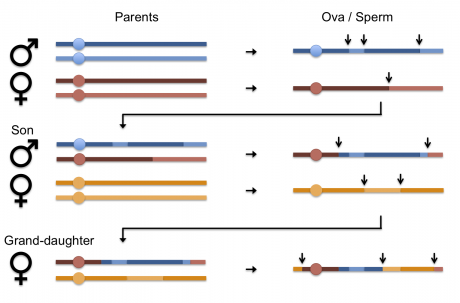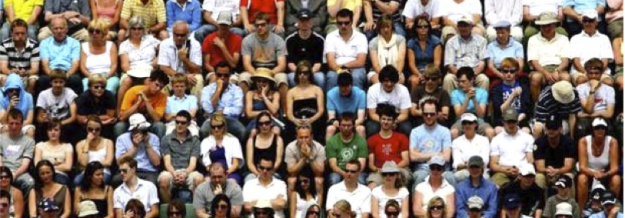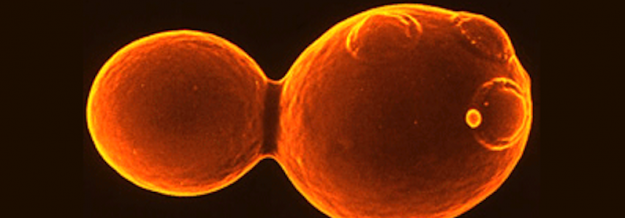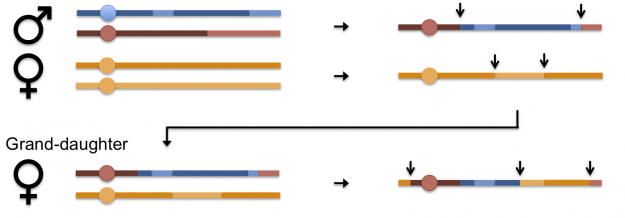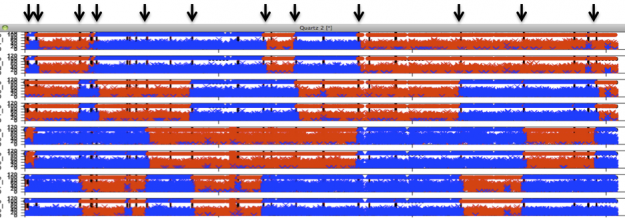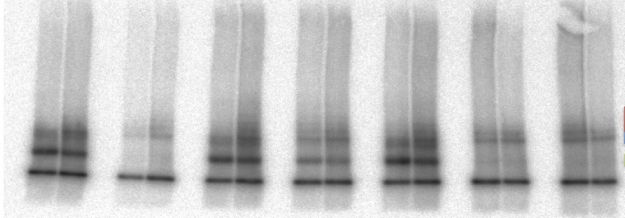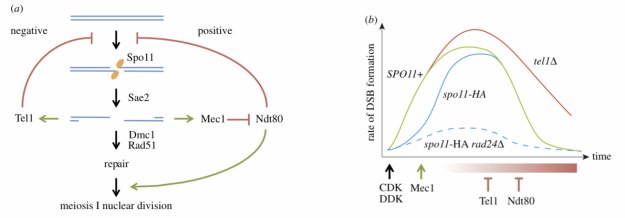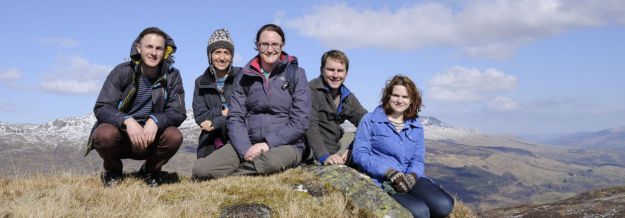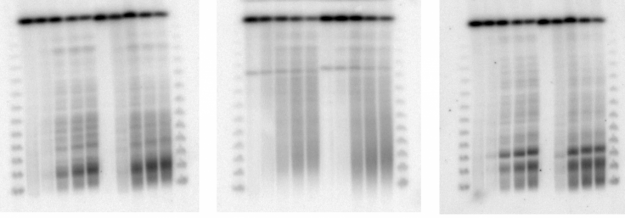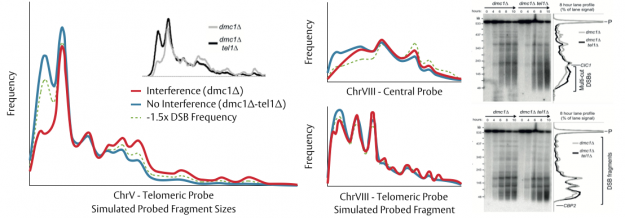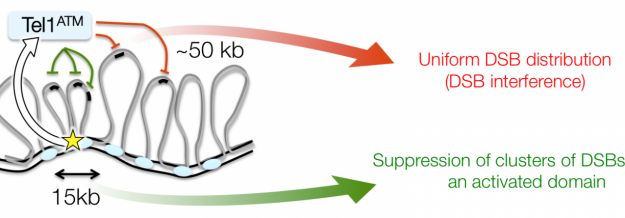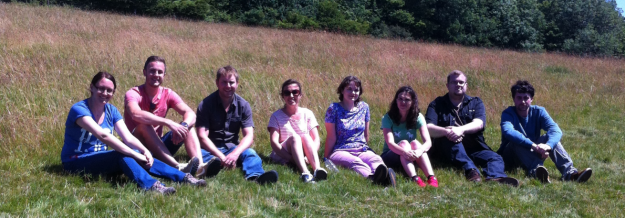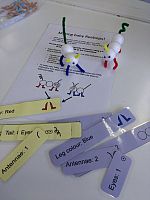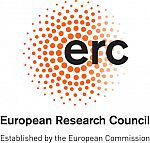In my laboratory we are using the budding yeast Saccharomyces cerevisiae to investigate the molecular mechanisms of DNA repair, particularly the processes which function in meiosis to achieve accurate chromosome segregation.
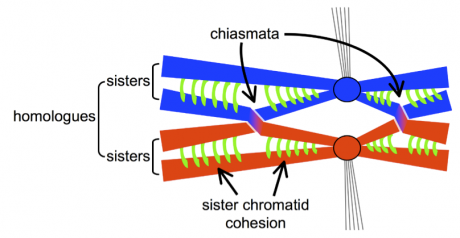
Meiosis: Inheriting a stable genome
In order to survive and populate, individuals must be able to pass on accurately their genetic material to the next generation. Even simple unicellularorganisms, such as the bacterium E. coli, and the budding yeast, S. cerevisiae, contain many million basepairs of DNA, the individual building blocks of genes. In humans, this number exceeds six billion base pairs, encoding for an estimated 40-50,000 genes spread over the two copies of each of our 23 chromosomes. Since most of the proteins encoded by these genes play important, if not essential, functions within the cell, it is not surprising that even rare errors in the process of accurate duplication and deposition of the genetic material into descendent cells can lead to problems in the health of individuals or of specific cells within an individual.
For sexually reproducing organisms, the process of transmitting genetic information from one generation to the next requires that the chromosome copy number (two of each chromosome in the somatic tissue of most organisms and diploid unicells) be temporarily halved (one of each chromosome in gametes and haploids). Such reduction enables the original chromosome complement to be recreated upon fertilisation. Indeed, the two copies of each chromosome (called homologues) found in somatic tissue cells were each inherited from individual gametes produced by our parents.
It is essential that the halving of the chromosome copy number is achieved accurately. That is to say, it is not sufficient to produce gametes with simply half their DNA content. Instead, gametes must contain precisely one copy of each and every chromosome. The accurate reduction in chromosome copy number is achieved by a highly regulated and specialised nuclear division called meiosis.
Meiosis involves a single round of DNA duplication followed by two sequential rounds of nuclear division. During meiosis I, homologue pairs are aligned within the nucleus, then segregated to opposite poles of the cell, thereby creating nuclear bodies with the requisite halved chromosome copy number. Meiosis II is analogous to chromosome segregation in mitosis where sister chromatids are segregated from each other. In males and most unicellular organisms, the result is conversion from a single diploid nucleus to four haploid ones. In females, one nuclear body is discarded at each stage, yielding a single haploid ovum.
Meiotic recombination: Generating Genetic Variation
The chromosomes we pass on to our children (via sperm and eggs) are each a unique blend of our own chromosomes, and by extension those or our parents, grandparents, and great grandparents (ad infinitum). To put it another way: It is "Turtles all the way down".
Multiple recombination events (indicated by vertical arrows) located across each chromosome during gametogenesis ensure the reassortment and rearrangement (recombination) of maternal and paternal copies of each gene. Every sperm and ovum thus contains a unique mixture of the genes present within the individual from which it is derived (which itself is a mixture of the individual's parent's DNA). It is for this reason that siblings are genetically (and visibly) unique even though they are born of the same parents.
For simplicity, only one pair of chromosomes is shown here (a pair in blue, red, or yellow), but in reality, the same process occurs across the 23 pairs of chromosomes that are present in each human cell.
